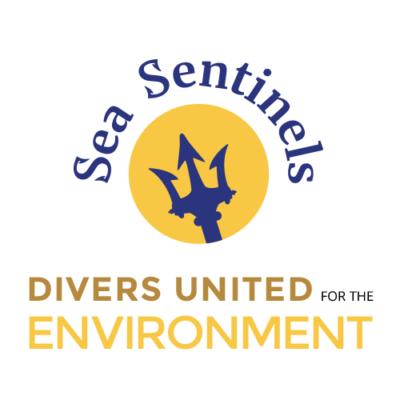THESIS AT BOLOGNA
Possibility to conduct a Bachelor or Master degree internship at the laboratories of the Department of Biological, Geological and Environmental Sciences in Bologna
GLOCAL EDUCATION
SEA SENTINELS
DUE project is a volunteer-based Mediterranean Sea biodiversity monitoring program. Data on the presence and abundance of taxa is collected by non-specialist volunteers by filling out a questionnaire at the end of their recreational dive. The student not only actively involves the tourists but also promotes environmental education, increasing their environmental awareness and contributing to the development of sustainable tourism. The gathered information is then added to a database and elaborated. The student is involved in the divulgation of the project by getting in touch with the mass media (magazines and periodicals, tv shows and radio, airplane magazines, etc.) and actively participating to the scientific divulgation events.
CORAL WARM
CoralWarm project’s main goal is to evaluate the effect of increasing seawater temperature and acidity on the biology and ecology of Mediterranean corals. The effect of temperature is being investigated on populations located along a wide latitudinal gradient along the Italian Tyrrhenian coast, comprising a temperature difference of ~2 °C. The effect of acidification is being investigated in a “natural laboratory” located off Panarea Island, where CO2 emissions coming from the seabed acidify the surrounding seawater, creating a natural acidity gradient. Along this gradient, coral species were transplanted to study how increasing acidity influences their mortality, growth and reproduction.
CoralWarm is a multidisciplinary project, covering several aspects of coral biology:
Reproductive biology
Reproductive biology is studied using hystological techniques. Cytometric analyses are made with an optical microscope using an image analyzer program. These analyses allow to identify and quantify germ cells inside the polyps, in order to define the gonad maturation stages, the fecundity period and the embryonic development that will end with the larvae release (planulation). The analyses are being performed on populations characterized by different temperature and solar radiation regimes, to investigate how these environmental parameters influence the reproductive biology of the species under study.
Biometry and population dynamics
The age of corals is determination my means of computerized tomography, through growth band count (sclerochronology) and in situ measurements. Growth rates and other demographic parameters are obtained through mathematical models. All these biological parameters are measured for all the populations under study and are subsequently correlated with temperature and solar radiation to determine possible trends with environmental parameters.
Biomineralization
The composition and the process underlying the formation of coral skeletons is being studied by means of fourier transform infrared spectroscopy (FTIR), x-ray powder diffraction analyses (XRD), thermo-gravimetric analysis (TGS) to estimate the organic matter content and in vitro crystallization experiments. The outcome of the crystallization experiments is analyzed through scanning electron microscopy, to determine differences between species and with environmental parameters.
Skeletal mechanical properties
Skeletal mechanical properties (hardness and stiffness) are investigated my means through nanoindentation techniques. Before proceeding to the indentation, the porosity of the samples is measured by means of time-domain nuclear magnetic resonance (TD-NMR), which allows the quantification of the number and size of pores inside the skeleton. These parameters are then plotted against temperature and solar radiation to identify significant trends.
***
Opportunity of diving in the Mediterranean and Red Sea to collect data
Opportunity for abroad periods
For more information
info @ marinesciencegroup.org



